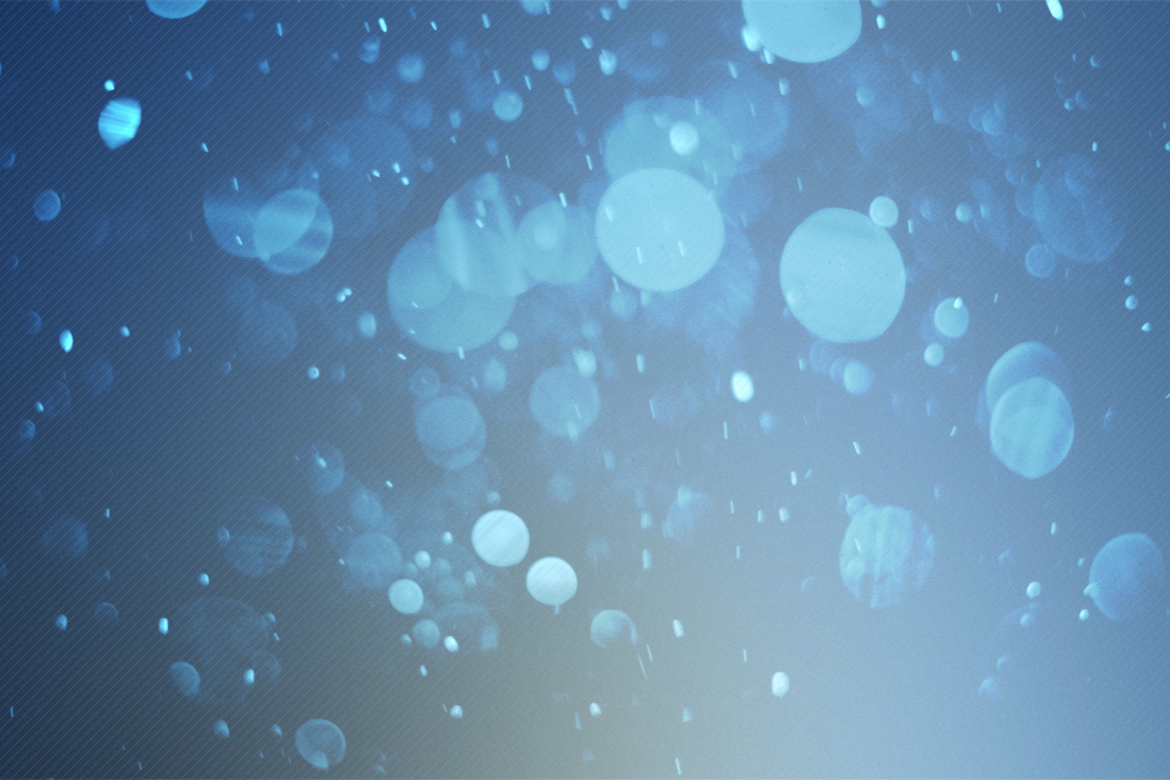
To clip an Adjustment Layer to the layer blow it, you can press Command/Control+Option+G. When using an Adjustment Layer add a Clipping Mask to make sure that the changes only affect the bokeh layer. Remember, the Screen Blending Mode reveals bright pixels and hides dark pixels.īy using a Levels or Curves Adjustment Layer, you can control the brightness of the layer which will control how much of the bokeh is revealed. In many cases, you will have to modify the luminosity of the layer to change how the bokeh blends. The bokeh overlay may not give you the best results by simply changing the Blending Mode to Screen. Use Levels to Change How the Bokeh Blends Painting with different levels of gray will give you different levels of transparency. To reveal them again paint on the mask with white. When you paint with black on a layer mask, you hide pixels. Create a layer mask and paint on the mask with black to hide those problematic areas. Sometimes the bokeh may cover up important parts of the portrait, such as the eyes or even the entire face. Some overlays will not be perfect matches for your photos.
#BOKEH OVERLAY HOW TO#
How to Use Layer Masks to Hide Problematic Areas In this case, the bokeh is bright, so it will stay, and it will hide the darker background. The Screen Blending Mode allows you to keep the bright pixels of an image and hide the dark ones. If you’re not familiar with Blending Modes and how they work, then check out this comprehensive look at Blending Modes where I explain each one in detail. But you can try any of the Blending Modes in the Lighten Category to see if they can give you a result that works better for your image. Once you have made your bokeh overlays, you can apply them to any image by using layer Blending Modes.įor this type of effect, the Screen Blending Mode will be the best to use in most cases. How to Applying a Bokeh Overlay to Your Photo You can introduce more colors to your bokeh effect by dragging the Bokeh Color slider to the right. You can then fine-tune the effect by adjusting the Light Bokeh, and the black and white points in the Light Range. In most cases, you’re going to want to keep the bokeh small, so don’t take the blur slider past 200px. Start by dragging the Blur slider to the right to make the image blurrier. To blur the image, and get the bokeh effect, go to Filter > Blur Gallery > Field Blur. This will make it so that any filter that you apply is non-destructive and you can edit it later if you need to. Once the image is in the Layers panel, right-click on it and select Convert to Smart Object. To create a bokeh overlay, place the image into your working document by going to File > Place Embedded. It’s a good idea to look through your phone and experiment with the photos that you already have. To demonstrate the power of this technique, we will work with two bad cell phone pictures a photo of a hamburger and a photo of a street. The photos themselves do not have to be great photos at all they can even have boring subjects and be totally out of focus. You can create bokeh overlays from almost any photo that is not too bright, and which has good contrast.

You will also learn to how to color tone your image to create a stylized look. In this video, I take you through the process of making and applying a bokeh overlay to a portrait using Photoshop. It’s easy, fun, and best of all, it’s free! You can purchase overlays, but I would instead suggest making your own. Bokeh overlays are an excellent way to add a trendy stylized look to your portraits.


 0 kommentar(er)
0 kommentar(er)
